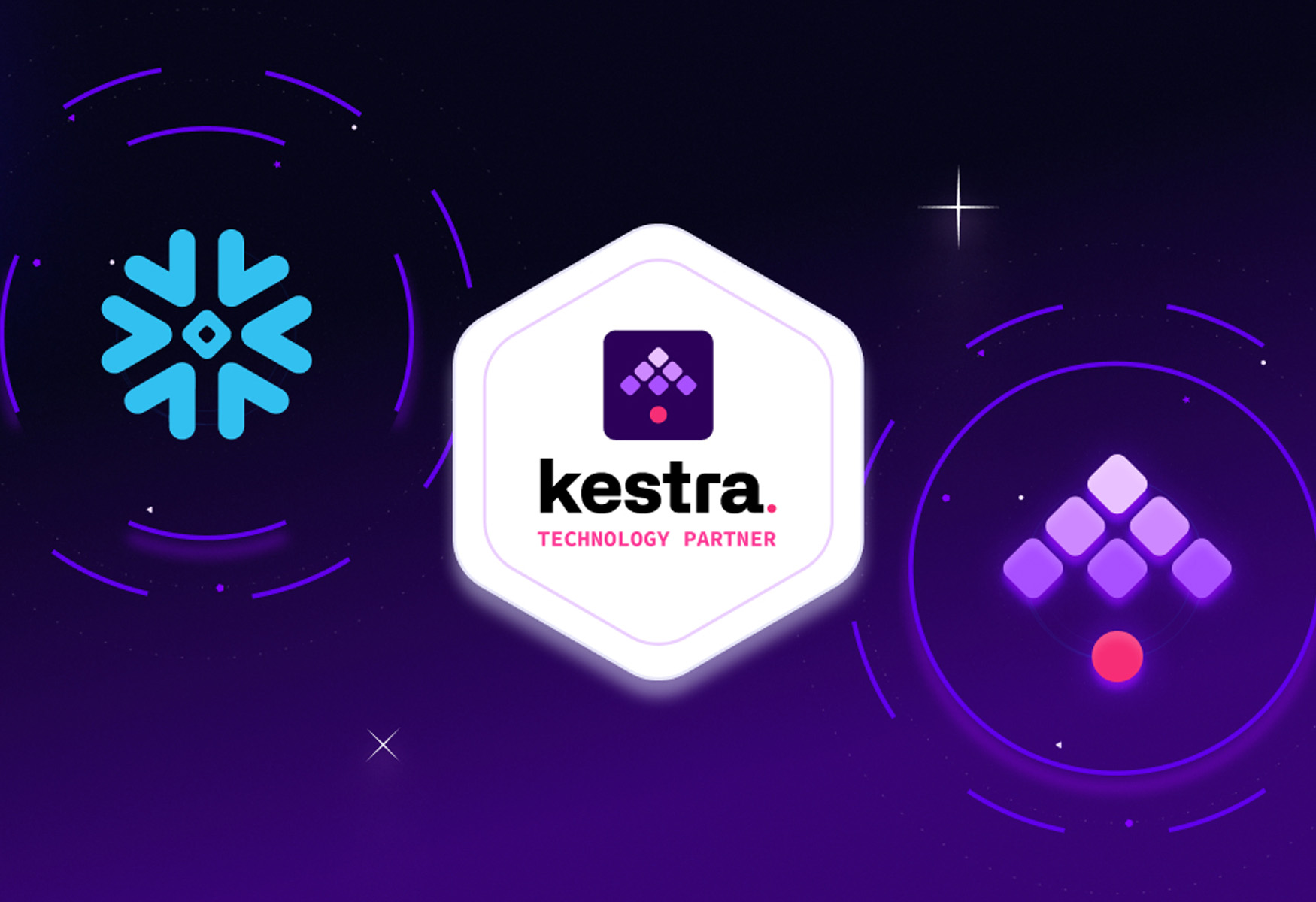A game-changing data orchestration platform has emerged in the tech world, and it goes by the name of Kestra. This open source project is revolutionizing the way complex workflows are managed across a multitude of services, databases, repositories, and warehouses. With thousands of stars on GitHub, Kestra has proven its potential and garnered significant interest within the industry.
Key Takeaway
Kestra is an open source data orchestration platform that simplifies and streamlines the process of unifying data from various sources into a single location.
Why Do You Need a Data Orchestration Product?
In large companies, data is often scattered across various storage locations, making it difficult to manage effectively. Imagine client data stored in a legacy ERP system, while new orders reside in a cloud database. This is where a data orchestrator comes into play, enabling the extraction, transformation, and loading of data to unite it in a single location, such as a data warehouse like Snowflake or Google BigQuery. Data engineers have long relied on tools such as Airbyte for data integration and orchestration.
What Makes Kestra Stand Out?
Kestra sets itself apart from other platforms through its unique approach. While Apache Airflow is a popular choice in this realm, Kestra presents itself as a viable alternative with some significant differences. Unlike Airflow, which relies on Python code, Kestra utilizes YAML configuration files, which will be familiar to those who have worked with Docker images in the past. Moreover, Kestra treats its API as a first-class citizen, ensuring seamless integration with other tools and systems. By employing YAML for orchestration and offering an API for workflow creation and modification, Kestra caters to a language-agnostic environment.
Kestra also challenges the conventional notion of data management. Instead of having a specific team of data engineers handle this vital task, Kestra empowers all engineers and business users. The platform adopts an opinionated approach, combining it with a robust library of integrations. Offering official plug-ins for major cloud providers (AWS, Azure, and Google Cloud), data warehouses (Snowflake and BigQuery), and tools like dbt for data transformation and Airbyte for data integration, Kestra ensures seamless connectivity and compatibility.
The User-Friendly Interface
Another standout feature of Kestra is its intuitive user interface. With this interface, users can effortlessly create scheduled and event-driven workflows. Business users can rely on Kestra to build internal tools for reporting purposes and even create SQL queries without the need for extensive technical knowledge.
The Journey and Future of Kestra
Hailing from France, Kestra was co-founded by Emmanuel Darras and Ludovic Dehon. The startup recently closed a $3 million seed funding round co-led by ISAI and Axeleo Capital, with notable angel investors, including Olivier Pomel from Datadog, Stan Christiaens from Collibra, Pierre Burgy from Strapi, and Olivier Bonnet from BlaBlaCar. The open source orchestrator has already garnered significant traction, attracting renowned clients such as Leroy Merlin, Huawei, Acxiom, Tencent, Gorgias, Sophia Genetics, and Decathlon.
Looking ahead, Kestra envisions creating a versatile orchestration tool that can be utilized for all types of orchestration needs. Instead of relying on specialized teams for data orchestration, microservice orchestration, and infrastructure management, Kestra aims to consolidate these tasks into a single platform accessible to all. By doing so, Kestra aims to streamline and simplify complex workflows across various domains.
With its groundbreaking approach, powerful integrations, and commitment to democratizing data orchestration, Kestra is redefining the landscape of data management and workflow orchestration, paving the way for a more efficient and unified future.

























